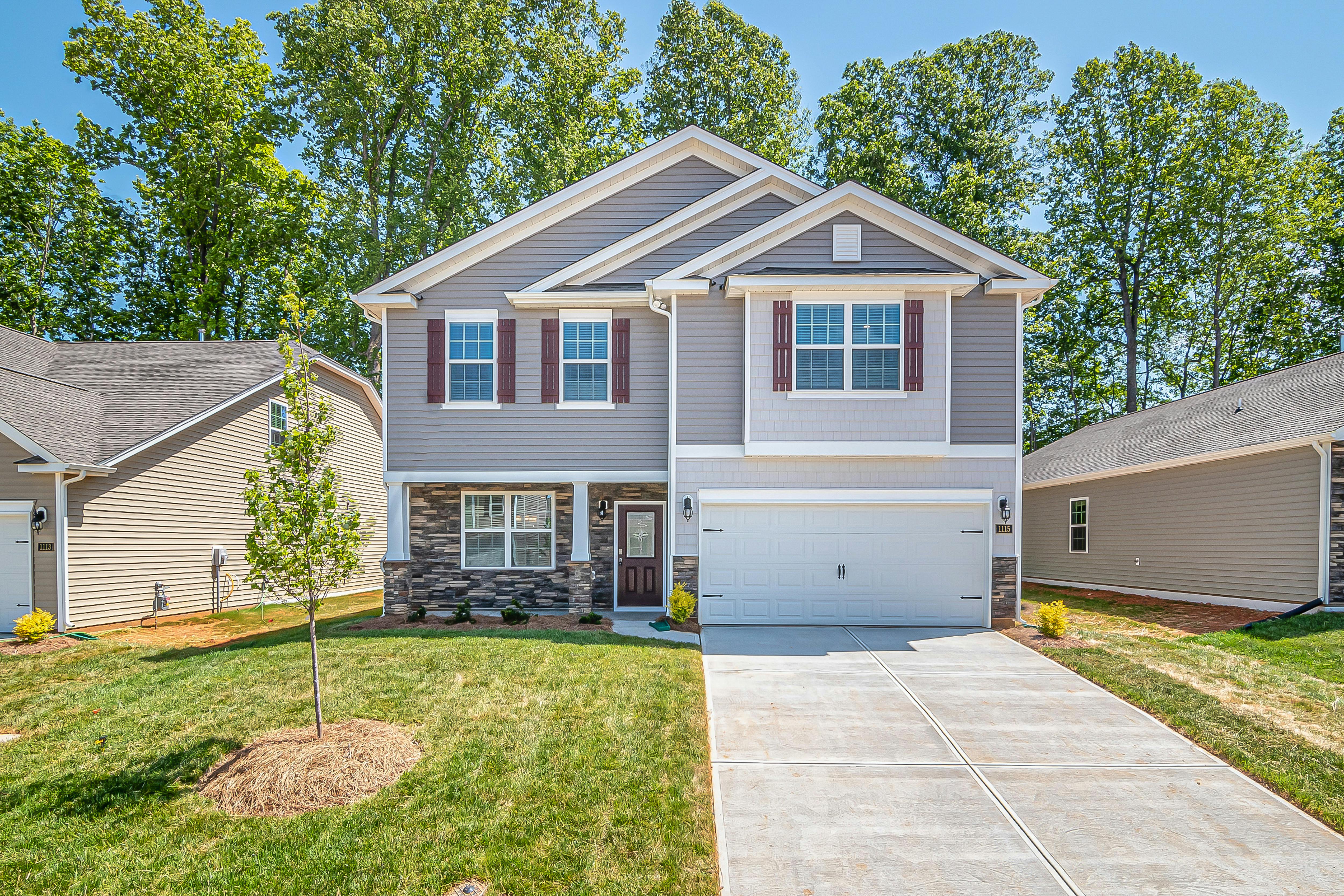Your roof could be the cause of high energy bills!
Conservation is one of the best ways to reduce a high energy bill caused by rising room temperatures that require the air conditioning unit to run continuously. High temperatures and increased humidity contribute greatly to increased energy consumption.
One way to lower such costs is to change providers when such a change is permitted; Another way is to replace old appliances with energy efficient ones. This might help that bill a bit; however, the real culprit is just above: the roof! Yes, if there is a bad roofing system on the house, it is probably causing increased utility bills.
technology support
The answer to achieving a green and profitable home is to get the right roof. From the point of view of energy saving, the technology dealing with this part of the house has not shown much improvement until very recent times, when some significant findings led to some promising changes, namely the development of a energy efficient roofing. The following are some of the types of materials that have seen significant cost saving developments.
- asphalt shingles- If your goal is to make your home look great and cost effective, recycled asphalt shingles could be the answer. The ‘cool’ shingles are being produced by Energy Star qualified manufacturers; they come in many different colors; and have a 40-year warranty with a potential lifespan of up to 50 years.
- Metal – This may not be a consideration for all homeowners; however, metal roofs are more energy efficient compared to asphalt shingles. It is designed with steel, copper and aluminum and does not contain toxic lead. Metal siding types have the quality of solar reflectance, so they absorb less heat to enter a home.
- Clay and Slate- These materials are environmentally friendly and are a good choice for an energy efficient type of cladding. Clay and slate come in different designs, looks, and many fancy colors. They are ideal for roofs in warmer climates because they promote airflow at the surface, which lowers the ambient temperature and makes the house cooler during the hot summer season.
- Green Roofs – The roof of a house can be made entirely of grass. Although it is a very old technique, the new version provides a wonderful layer of insulation over the rooms below. It is very effective in reducing energy consumption, attractive to look at, and more recently in German, a very effective way to mitigate stormwater runoff. This cover has a long lifespan, reduces utility costs with proper insulation, and helps absorb water during heavy rains.
- reflective coatings – Another great advance in the industry is the development of reflective coatings. Reflective coatings have a high ‘albedo’ effect (high solar reflectance). This can be applied to any type of roofing material. There are several types of coatings called ceramic, polyurethane, and elastomeric coatings that are believed to provide 80 percent solar reflectance. There are also coatings with high infrared emission to radiate heat into the atmosphere.
color options
Roof colors have varying degrees of solar reflectance. White siding reflects more of the sun’s ultraviolet rays to keep your home cooler. A gray color only has 25 percent solar reflectance; terracotta has 41 percent solar reflectance; the sunset rose has 43 percent solar reflectance; mocha has 36 percent solar reflectance; and Cocoa/Rustic Brown have 35 percent solar reflectance. The initial cost is high; however, choosing the right color will help save on energy bills and justify that initial expense. Also, darker ceilings retain more heat, making the house hotter and making the air conditioner work harder.
isolation
Good roof insulation can bring great benefits. Roof insulation, also called radiant barrier, is installed to reduce cooling costs. It is made with highly reflective materials to decrease thermal conductivity. Like reflective liners, performance is based on emittance and reflectance plus angle of installation. There are several types of radiant barriers and they all provide the same thermal insulation.
Reducing energy use through conservation can reduce utility costs and promote a green environment. Choosing the correct roofing system will significantly reduce cooling system usage and lower energy costs. The design, structure, types of materials, colors and insulation are elements that directly affect the indoor ambient temperature. So the roof could be to blame for the high utility bills!
